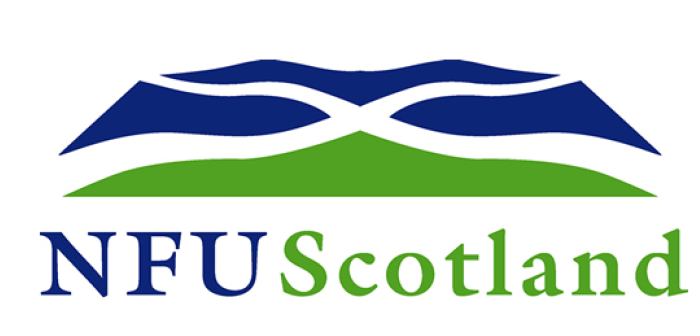NFU Scotland is encouraging all Scottish dairy farmers to act now or run the risk of missing out on valuable dairy aid scheme money.
In recent days, application rates have surged forward and more than 500 of Scotland’s 900 dairy farmers have applied for payments ranging between £1000 and £4000. With applications closing on Monday (1 May), the Union is encouraging those yet to apply to push ahead with their forms.
In 2016, the EU Commission recognised the crisis in the sector and set aside £350 million to be shared out between each member state to contribute to dairy market stabilisation. The UK was allocated £25 million, with Scotland receiving £2.4 million.
Under the terms of the Scottish scheme, the highest payment rate, £4,000, is available to farmers in the isolated milk fields in Bute, Arran, Mull, and the Kintyre peninsula. Farmers who were paid a milk price of less than 20p per litre during 2016 can receive £3,250; farmers who were receiving under 25p could get £2,000 each, while those farmers who received 25p per litre or more can receive £1,000.
As the scheme is linked to improving efficiency, producers must commit to simple production profiling and milk recording to qualify. An estimated two-thirds of Scottish dairy herds already milk record on a regular basis.
NFU Scotland’s Milk Policy Manager George Jamieson said: “The good news is that Scottish dairy farmers are now cracking on with their applications.
“For those still to apply, can I remind them that valuable financial support is available to them through this scheme and I remind them that the deadline is Monday 1 May.
“Given the fragile state of our dairy sector, funding of between £1000 and £4000 is available. With feed and fertiliser prices rising, and milk prices levelling off, this is money that will be welcome to all.
“To secure those funds, Europe has insisted that producers commit to actions that will help them cope with future market volatility. The Scottish Government, in consultation with industry stakeholders including NFUS, agreed that simple production profiling and milk recording are appropriate. These both offer opportunities to manage, with more certainty, milk production in line with market needs, and create a vast amount of data that will be useful to the individual farmer and the sector.
“We urge those still to apply to get a copy of the application form, read the guidance and apply. The funds are significant, particularly for those who have been receiving the poorest milk prices over a prolonged period, and the wider benefits on production profiling and milk recording we believe could be of lasting benefit.”


